Description
Posterior Cervical Fixation Instrument Set
A Posterior Cervical Fixation Instrument Set is a collection of surgical instruments that are used to stabilize and immobilize the cervical spine from the posterior approach. These sets are commonly used in surgeries that aim to address cervical fractures, dislocations, and deformities.
Some of the instruments that can be found in a typical Posterior Cervical Fixation Instrument Set include:
Cervical spine retractors – these are used to hold back the soft tissues and muscles of the neck to provide access to the cervical vertebrae.
Pedicle probes – these instruments are used to identify the location of the pedicle and facilitate the insertion of screws.
Screwdrivers – these are used to insert the screws into the cervical vertebrae.
Plate benders – these are used to shape the cervical spine plates to fit the contours of the vertebrae.
Rod benders – these are used to bend and contour the rods used to connect the screws and plates.
Reduction forceps – these are used to gently manipulate the cervical spine to correct deformities or misalignments.
Bone cutters – these are used to remove a portion of the lamina or facet joint to create space for the instrumentation.
Drill bits – these are used to create holes in the cervical vertebrae for the screws to be inserted.
Overall, a Posterior Cervical Fixation Instrument Set is a specialized collection of surgical instruments that are designed to work together to facilitate the safe and effective stabilization of the cervical spine from the posterior approach.
Product Specification
| No. | REF | Specification | Qty. |
|---|---|---|---|
| 1 | 2200-0301 | In-situ Bending Iron Left | 1 |
| 2 | 2200-0302 | In-situ Bending Iron Right | 1 |
| 3 | 2200-0303 | Distractor | 1 |
| 4 | 2200-0304 | Feeler for Screw Channel Bent | 1 |
| 5 | 2200-0305 | Feeler for Screw Channel Straight | 1 |
| 6 | 2200-0306 | Hex Nut Holder SW3.0 | 1 |
| 7 | 2200-0307 | Hex Screwdriver SW3.0 Long | 1 |
| 8 | 2200-0308 | Drill Bit Ø2.4 | 1 |
| 9 | 2200-0309 | Drill Bit Ø2.7 | 1 |
| 10 | 2200-0310 | Tap Ø3.5 | 1 |
| 11 | 2200-0311 | Tap Ø4.0 | 1 |
| 12 | 2200-0312 | Mould Rod Ø3.5 | 1 |
| 13 | 2200-0313 | Depth Gague 0-40mm | 1 |
| 14 | 2200-0314 | Crosslink Hex Screwdriver SW2.5 Short | 1 |
| 15 | 2200-0315 | Quick Coupling T-handle | 1 |
| 16 | 2200-0316 | Rod Pusher | 1 |
| 17 | 2200-0317 | Hole Open Forcep | 1 |
| 18 | 2200-0318 | AWL | 1 |
| 19 | 2200-0319 | Screw/Hook Holder Forcep | 1 |
| 20 | 2200-0320 | Rod Holder Forcep | 1 |
| 21 | 2200-0321 | Counter Torque | 1 |
| 22 | 2200-0322 | Pedicle Screw Screwdriver | 1 |
| 23 | 2200-0323 | Insert Device for Fixation Pin | 1 |
| 24 | 2200-0324 | Protection Sleeve | 1 |
| 25 | 2200-0325 | Drill Guider | 1 |
| 26 | 2200-0326 | Rod Cutter | 1 |
| 27 | 2200-0327 | Parallel Compression Forcep | 1 |
| 28 | 2200-0328 | Rod Twist | 1 |
| 29 | 2200-0329 | Quick Coupling Straight Handle | 1 |
| 30 | 2200-0330 | Distractor Forcep | 1 |
| 31 | 2200-0331 | Rod Bender | 1 |
| 32 | 2200-0332 | Aluminium Box | 1 |


Posterior Cervical Fixation Instrument Set: A Comprehensive Guide
When it comes to cervical spine surgery, posterior cervical fixation (PCF) is a common procedure used to stabilize and fuse the vertebrae. The PCF instrument set is a crucial component of this procedure and comprises a variety of instruments used to access the posterior aspect of the cervical spine, prepare the bone, and insert screws or rods for fixation. In this comprehensive guide, we will explore the PCF instrument set, its components, and the surgical techniques used to perform PCF.
Overview of Posterior Cervical Fixation
What is Posterior Cervical Fixation?
Posterior cervical fixation is a surgical procedure that involves the use of screws or rods to stabilize the cervical spine from the back of the neck. It is performed to treat a range of conditions, including spinal fractures, tumors, deformities, and instability.
Indications for Posterior Cervical Fixation
PCF is typically performed when there is instability or abnormal motion in the cervical spine. The following are some of the common indications for PCF:
- Trauma or fractures of the cervical spine
- Degenerative disc disease
- Spinal tumors or infections
- Cervical spondylosis
- Cervical myelopathy
- Cervical stenosis
Types of Posterior Cervical Fixation
There are several types of PCF techniques, including:
- Posterior cervical fusion
- Posterior cervical laminectomy and fusion
- Posterior cervical laminoplasty and fusion
- Posterior cervical pedicle screw fixation
The type of PCF used depends on the specific condition being treated and the surgeon’s preference.
Components of Posterior Cervical Fixation Instrument Set
Basic Instruments
The basic instruments included in the PCF set are:
- Dissector: used to separate the soft tissue from the bone
- Kerrison Rongeur: used to remove the lamina bone
- Pituitary Rongeur: used to remove the soft tissue and bone
- Curette: used to remove the bone debris
- Elevator: used to elevate the soft tissue from the bone
- Periosteal Elevator: used to detach the periosteum from the bone
Screw Placement Instruments
The screw placement instruments included in the PCF set are:
- Awl: used to create a pilot hole for the screw
- Pedicle Probe: used to determine the trajectory of the screw
- Pedicle Screwdriver: used to insert the screw into the pedicle
- Set Screwdriver: used to insert the set screw to fix the rod to the screw
Rod Insertion Instruments
The rod insertion instruments included in the PCF set are:
- Rod Bender: used to bend the rod to the desired shape
- Rod Cutter: used to cut the rod to the desired length
- Rod Holder: used to hold the rod during insertion
- Rod Inserter: used to insert the rod into the screw heads
Surgical Technique for Posterior Cervical Fixation
Preoperative Planning
Before the surgery, the surgeon will perform a comprehensive evaluation of the patient’s condition and obtain relevant imaging studies. The surgeon will use this information to plan the surgical approach, determine the appropriate instrumentation, and select the appropriate implant size.
Positioning and Exposure
The patient is positioned prone on the operating table, and a midline incision is made over the appropriate level of the spine. The muscles and soft tissue are carefully dissected to expose the spinous processes and laminae.
Screw Placement
The screw placement instruments are used to create pilot holes in the pedicles, followed by the insertion of the pedicle screws. The screw heads are then connected with a rod, and the set screws are used to secure the rod to the screws.
Fusion
After the screws and rods are inserted, the bone graft material is placed over the exposed spinal segments. This material will eventually fuse with the bone to create a stable and permanent fusion.
Closure
The muscles and soft tissue are closed, and the wound is covered with a sterile dressing. The patient is then monitored closely in the recovery room before being transferred to the hospital ward.


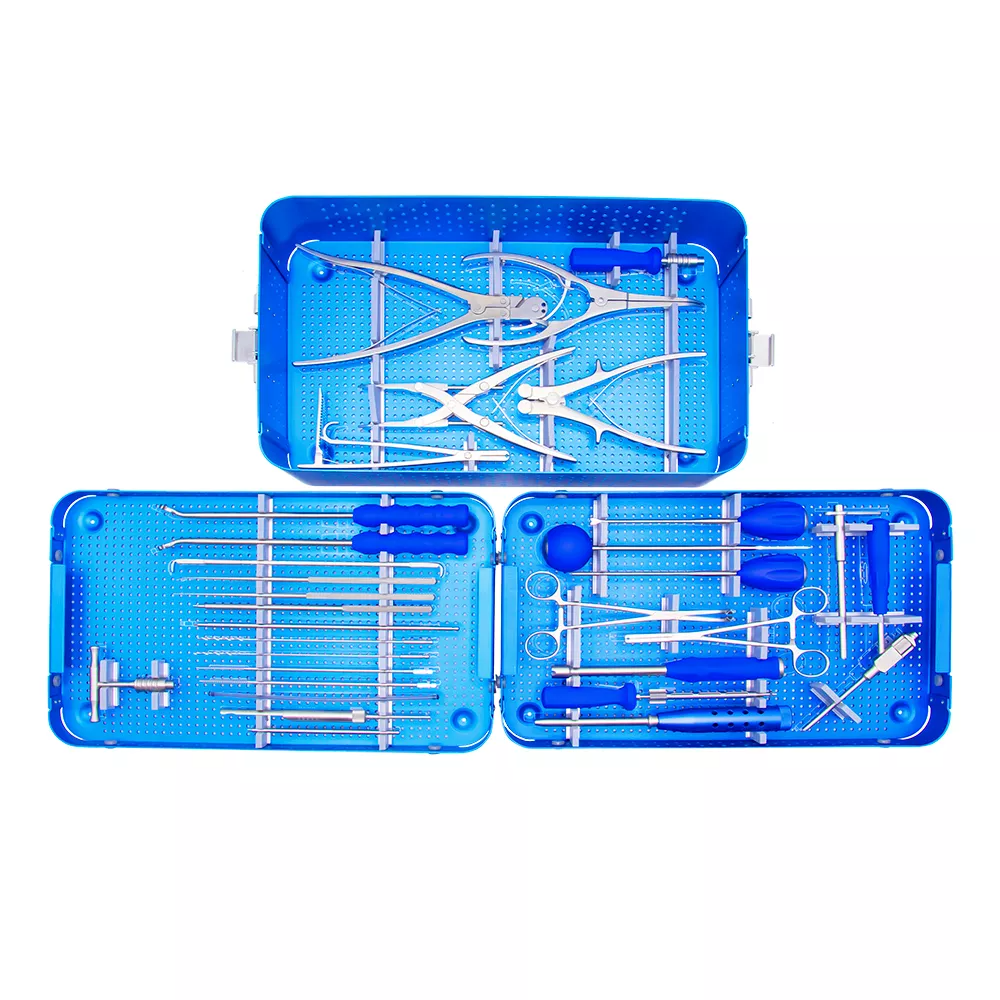
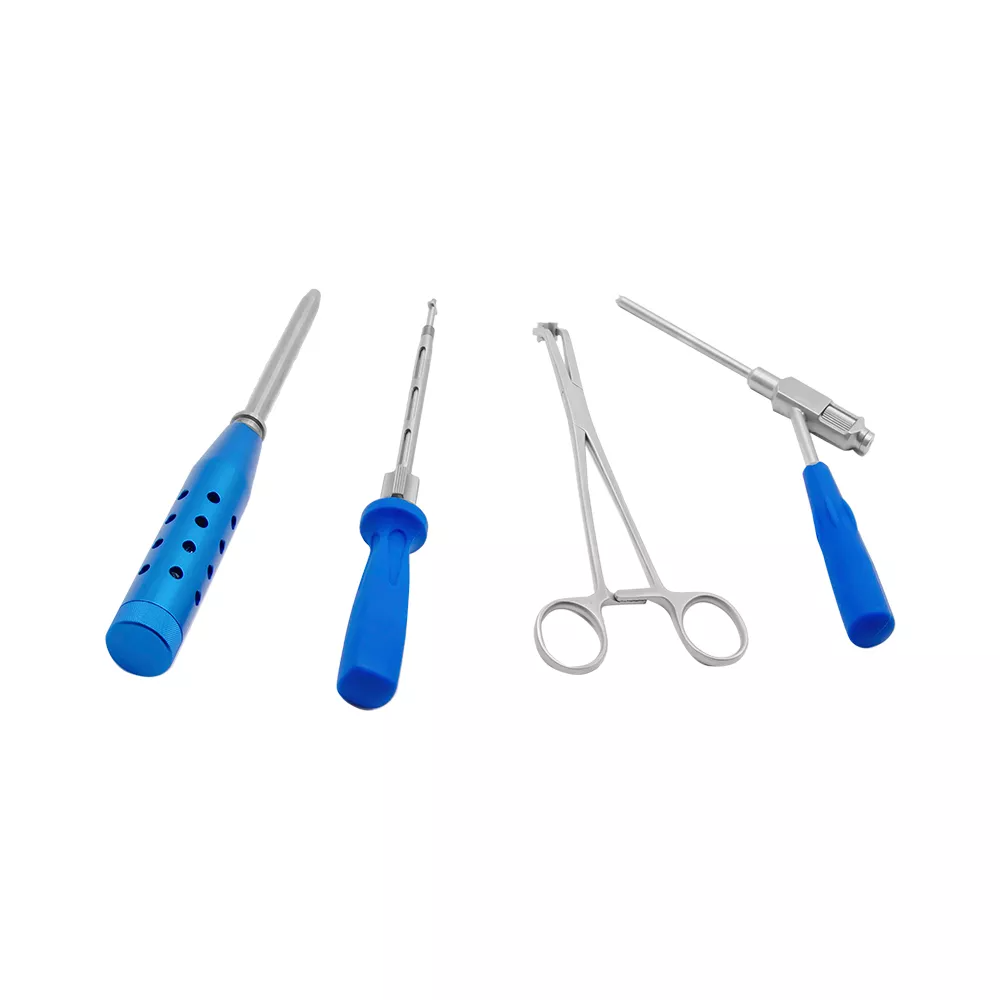
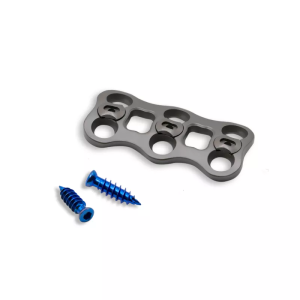

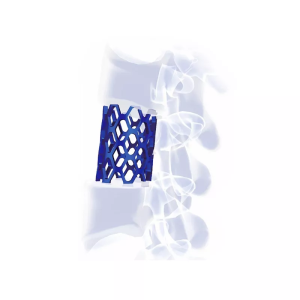

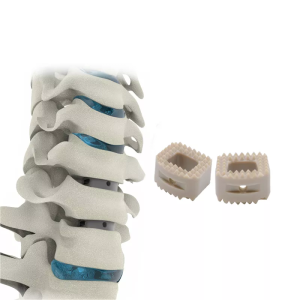
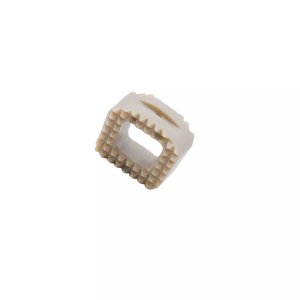
Reviews
There are no reviews yet.